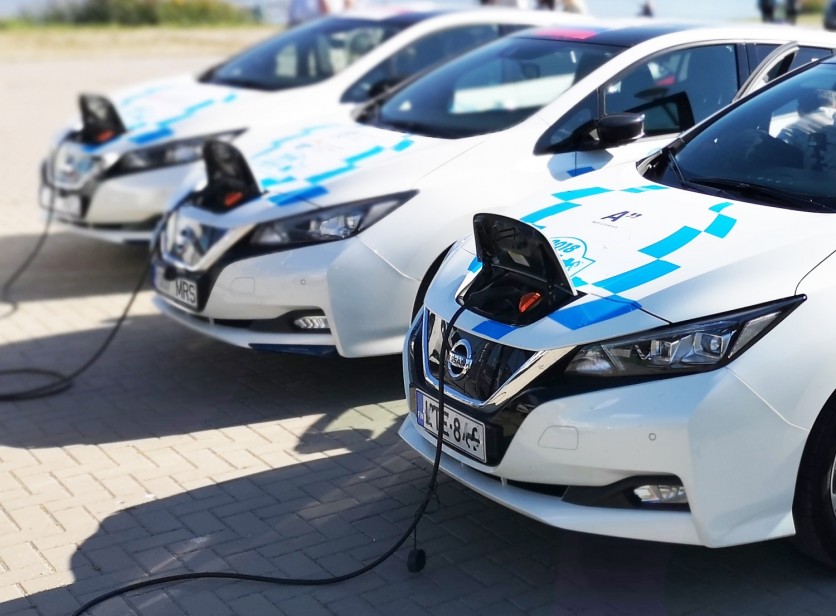A novel solution to the challenges faced by electric vehicle owners in cold weather has emerged with the introduction of new battery chemistry.

The Problem With EV Batteries
The existing lithium-ion batteries encounter a significant hurdle in freezing temperatures due to the liquid electrolyte.
This crucial component of the battery facilitates the transfer of ions, responsible for carrying the charge, between the two electrodes, enabling the battery to charge and discharge.
However, the liquid electrolyte freezes in sub-zero temperatures, severely hampering the effectiveness of electric vehicle charging in cold regions and seasons.
In response to this issue, a team of scientists from the US Department of Energy's Argonne and Lawrence Berkeley National Laboratories has introduced a fluorine-containing electrolyte that demonstrates impressive performance even in sub-zero temperatures.
The research provides a glimpse of hope for the application of this low-temperature electrolyte not only in electric vehicle batteries but also in energy storage for electric grids and even gadgets such as computers and phones.
Zhengcheng "John" Zhang, a senior chemist and group leader in Argonne's Chemical Sciences and Engineering division, expressed their team's achievement, stating, "Our team not only found an antifreeze electrolyte whose charging performance does not decline at minus 4 degrees Fahrenheit, but we also discovered, at the atomic level, what makes it so effective."
Within the existing lithium-ion batteries, the electrolyte combines a readily available salt, lithium hexafluorophosphate, and carbonate solvents like ethylene carbonate. These solvents dissolve the salt, resulting in the formation of a liquid medium.
During charging, the liquid electrolyte transports lithium ions from the cathode to the anode, surrounded by solvent molecule clusters.
These clusters form a protective layer called the solid-electrolyte interphase, allowing only lithium ions to pass through and enabling the anode to store lithium atoms for generating electrical energy upon discharge.
During initial charging, clusters form a protective solid-electrolyte interphase on the anode surface, acting as a selective filter for lithium ions while blocking solvent molecules. This enables the anode to store lithium atoms in the graphite structure, generating electricity upon discharge.
However, cold temperatures cause freezing of the electrolyte with carbonate solvents, impeding the transport of lithium ions to the anode due to strong ion-solvent cluster binding.
Hence, scientists are seeking an alternative solvent to overcome this challenge.
Alternative Solvents
The team investigated multiple fluorine-containing solvents and identified the most efficient composition for releasing lithium ions in sub-zero temperatures. They also determined the atomic-level factors that contributed to its effectiveness.
In laboratory testing at minus 4 degrees Fahrenheit, the team's fluorinated electrolyte exhibited stable energy storage capacity for 400 charge-discharge cycles, equivalent to a cell using a conventional carbonate-based electrolyte at room temperature.
The research revealed how to customize electrolyte solvents for sub-zero temperatures, according to Zhang.
The team also claims that the antifreeze electrolyte is safer than current carbonate-based electrolytes as it is non-flammable.
They are also currently patenting the low-temperature and safer electrolyte and seeking an industrial partner for implementation.
The study's findings were published in the journal Advanced Energy Materials
Related Article : Tesla Set to Ditch Rare Earth Minerals for EVs

ⓒ 2025 TECHTIMES.com All rights reserved. Do not reproduce without permission.




